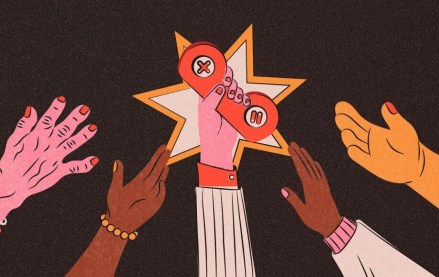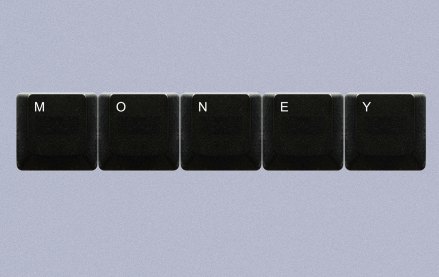Netflix in Perspective: For a funnier take on the Netflix decision, Funny or Die did a PSA-style short with Jason Alexander, who describes the subscription price hike as “literally the worst thing that’s happened to white people.”
Quote of the Day: “In an agency of 500 people, only about 20 do good, smart work.” Gerry Graf, ad agency creative veteran and founder of boutique agency Barton F Graf 9000, speaking at AdAge’s Small Agency conference.
Long Live the Black Box: Have demand-side platforms lived up to their hype? The advent of ad exchanges and the growth of DSPs on the buy side promised to herald an end to the black-box approach to buying ads at scale. That hasn’t happened, as noted by Organic’s Steve Kerho in Fast Company. Ad networks not only haven’t died, they continue to thrive. So are DSPs a failure? Not so much. Kerho sees greater transparency vis DSPs on what sites and audiences are performing for advertisers. The problem he sees is a human-machine disconnect. The DSP algorithm will surface insights but they the human planner won’t be able to act on them in time to make a real difference to a campaign. For now, Kerho sees DSPs continuing to operate in the lower-funnel part of marketing, unless they begin to address the thorny issues around attribution.
More in Media

From sidelines to spotlight: Esports events are putting creators center stage
Esports events’ embrace of content creators reflects advertisers’ changing priorities across both gaming and the wider culture. In the past, marketers viewed esports as one of the best ways to reach gamers. In 2025, brands are instead prioritizing creators in their outreach to audiences across demographics and interest areas, including gaming.

Condé Nast and Hearst strike Amazon AI licensing deals for Rufus
Condé Nast and Hearst have joined the New York Times in signing a licensing deal with Amazon for its AI-powered shopping assistant Rufus.

Media Briefing: AI payouts may be entering a new era
AI compensation is evolving — and new models, not just publisher demands, are driving the shift beyond flat-fee licensing.





